Editor’s Note: This post appears in The Lumoid blog, and is reposted here with their permission.
Lumoid is a band of creatives, photographers, and tech lovers offering a try before you buy service for the latest in technology from photography gear and drones to fitness trackers and audio equipment. They make it convenient and affordable to test drive the latest gadgets before committing to buy them. Lumoid is also a rental house for the best and latest in photography. Scroll down to get handy tips on how you can set up a photo studio, right in the comfort of your own home!
When it comes to photo equipment, lenses are everything. You could have the most expensive camera bodies that Nikon and Canon make – the $6,000 Nikon D4S and Canon EOS 1DX – but that won’t matter if you’re not bringing the right kind of glass to your shoots. If you show up to a basketball game with only a fixed 50mm lens, you’re never going to capture those layups or fouls that happen across the court. If you show up to a portrait shoot with nothing but a macro lens, you might end up with great images of your subject’s eyes, but you won’t capture any portraits worthy of a high school yearbook or a family album. If you’re trying to create really stunning food photography, but only have a wide angle lens to work with, you probably won’t be able to show all of the small textures and details of the dishes you’re trying to shoot.
Lenses are important, but how are you supposed to know which lens to use in what situation? This can be a tough question to answer; luckily, we’ve done your homework for you! Next time you’re gearing up for a shoot or trying to figure out what lens to use, save yourself the time you would otherwise be spending sweating over your equipment bag, and take a look at our cheat sheet.
Sports Photography
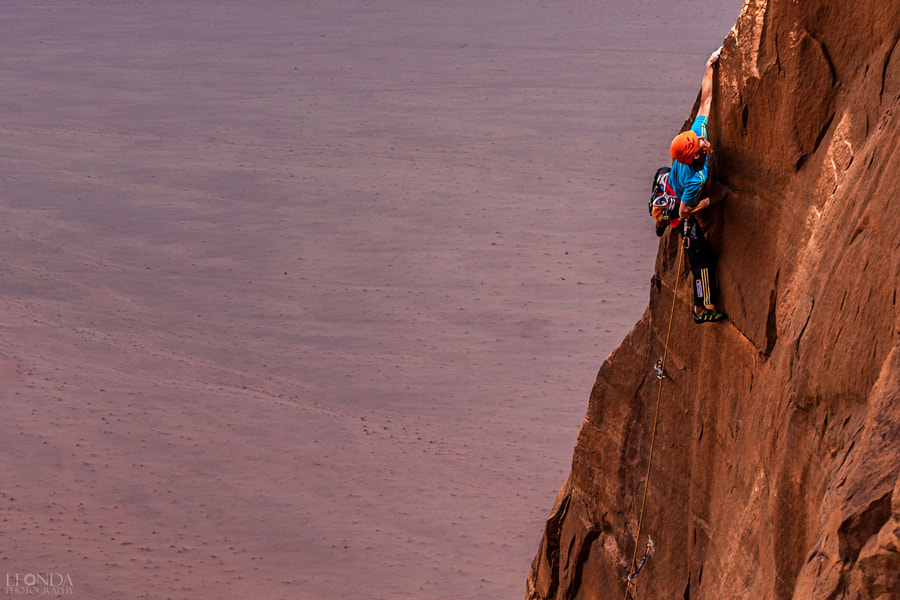
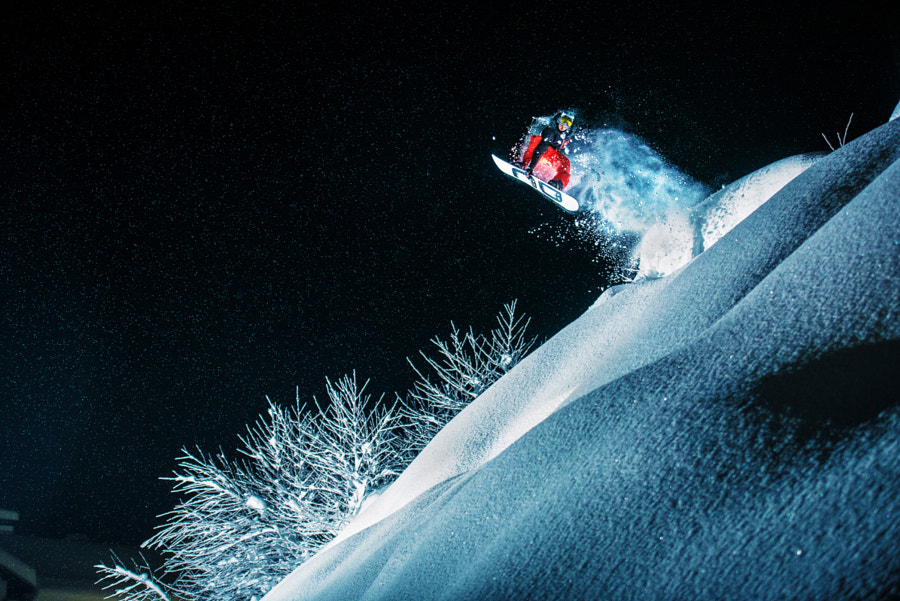
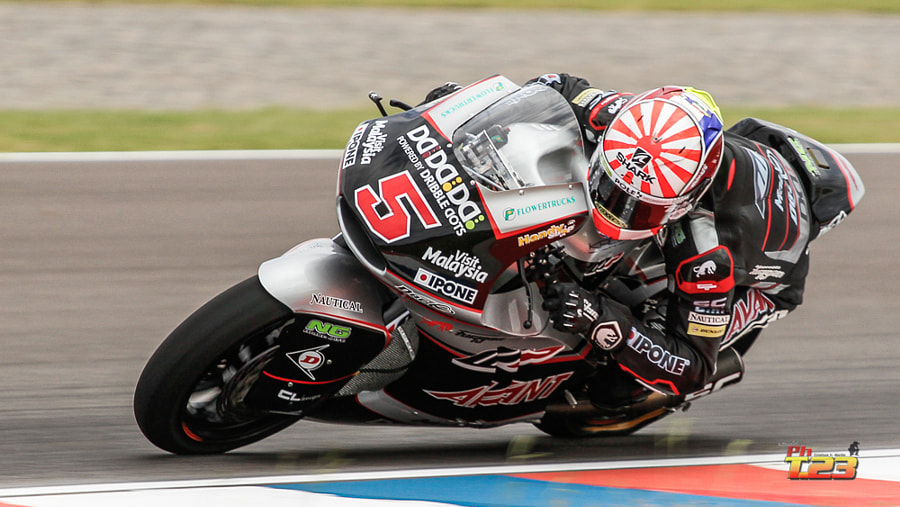
This might vary a little depending on what kind of action you’re shooting, but in general, sports photography requires a long lens with a shallow depth of field. The long lens is crucial because most of the time, you won’t be right in front of the action. You’ll likely be on the sidelines, and you’ll need something with a long focal length to capture all of the important moments that happen farther away than a wide angle can reach. It’s also important to have a shallow depth of field to separate the athletes from the background. If you capture an image of a football player scoring the winning touchdown, but are shooting at full depth of field, the player will blend right into the sharp background. But if you’re shooting with a shallow depth of field, like 2 or 2.8, the background will be soft and out of focus while the player remains sharp and becomes the obvious focal point of the image.
The Canon EF 70-200mm at f/2.8 and the Nikon 70-200mm at f/2.8 are great options. The wide focal range, shallow depth of field and image stabilization make these lenses staples among professional sports photographers. If you’re looking for something with an even longer focal length, try the Nikon 80-400mm at f/4.5-5.6 or the Canon EF 100-400mm at f/4.5-5.6.
Portrait Photography
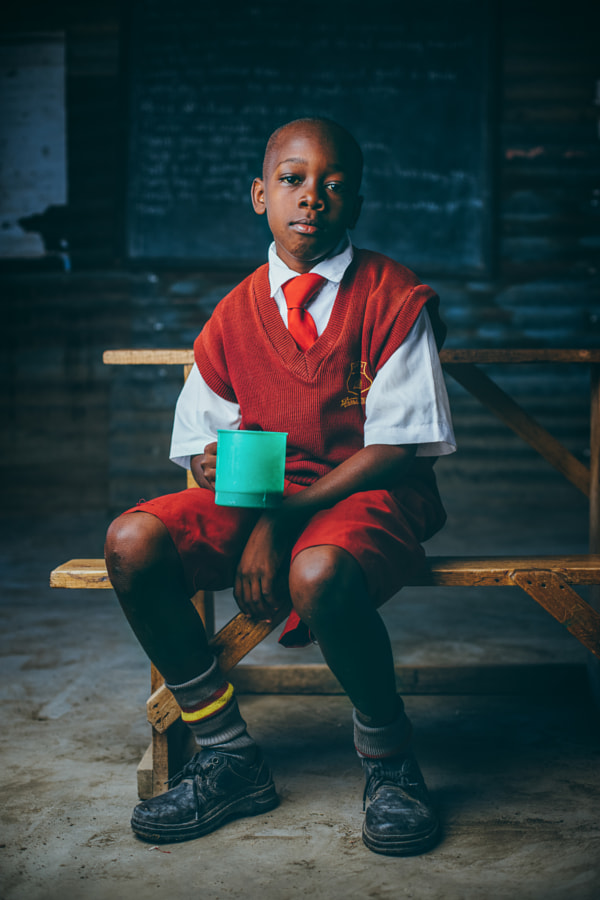
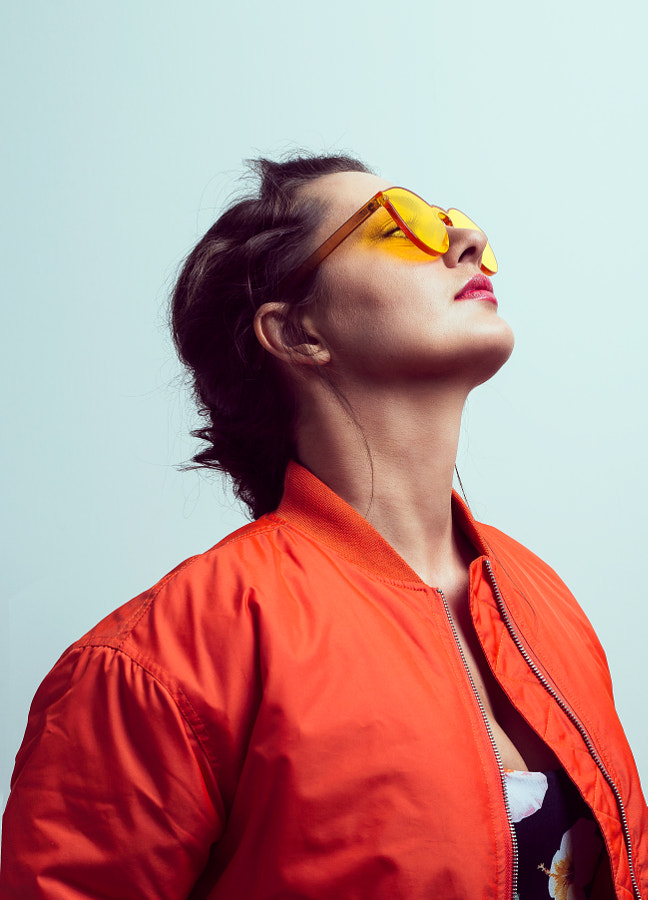

The beauty of portrait photography is that it can be done successfully with a range of different lenses to create a variety of different portraits. That being said, the best portrait lenses are generally ones with fixed focal lengths and shallow depths of field. A fixed 35mm or 50mm is a perfect option because it provides enough space to include some of the background or environment in the image, while still making the subject the main focal point. A shallow depth of field is also important because it will bring the focus even more to your subject’s eyes. A lens with a depth of field at f/1.2 or f/2 will help you create images with your subject’s eyes sharply in focus, while the rest of the subject’s face and background is softly blurred. Try the Canon EF 50mm at at f/1.2 or the Nikon AF-S 58mm at f/1.4 for crisp portraits. For full kits, check out The Nikon Portrait Pro, The Canon Portrait Pro, or the The Street Portrait Kit.
Food Photography
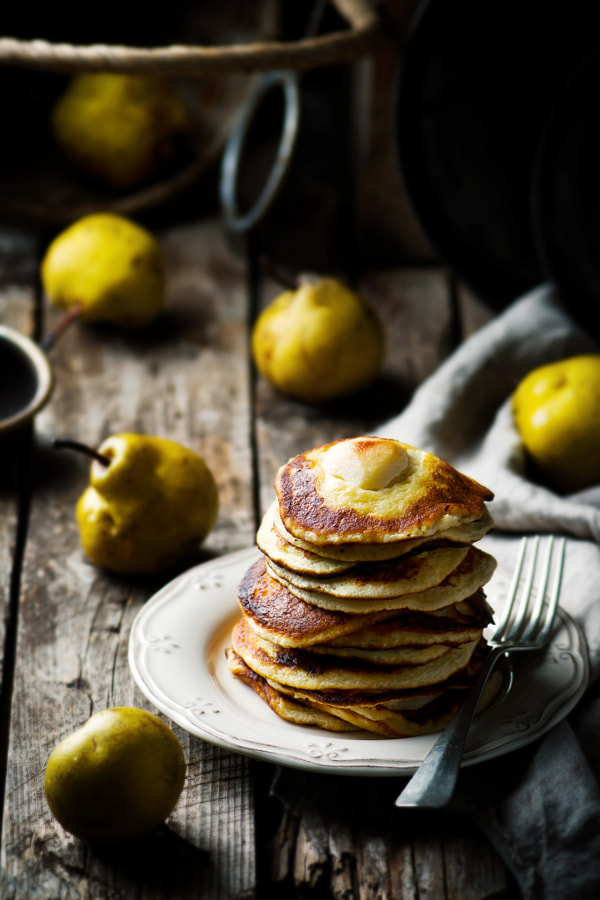

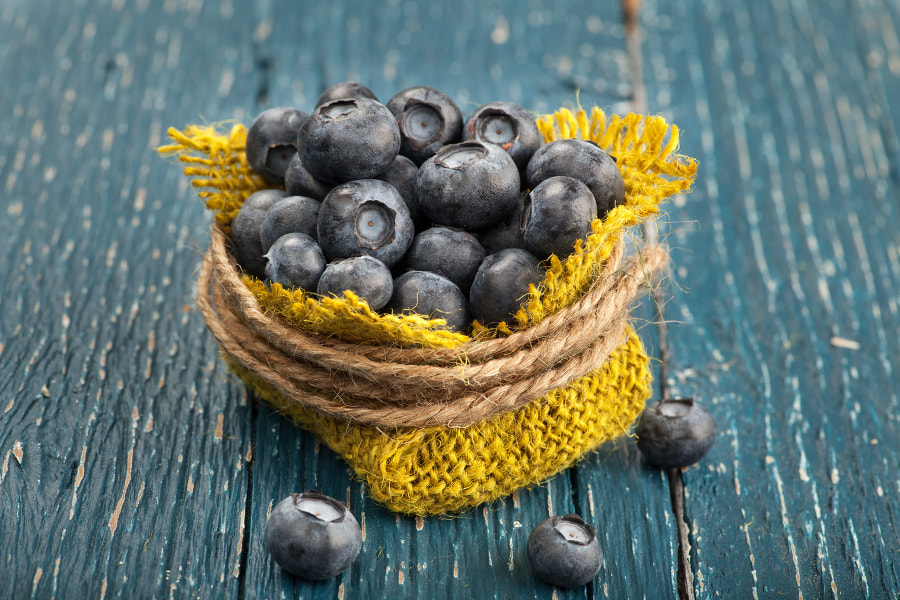
The most important part of food photography is the details. If one small piece of fruit or sprig of garnish is out of place, it can throw the entire picture off. And the best lens to use when focusing on the details is a macro lens with a shallow depth of field. A macro lens has the ability to focus in on the tiny details that a wide, fixed or zoom lens can’t capture. The shallow depth of field will bring the focus in on one small detail of the image, making it easier for the viewer to appreciate the delectable food. Try the Canon EF 100mm at f/2.8 or the Nikon 105mm at f/2.8 for some serious up-close action, or for the full package, check out the Canon or Nikon Foodie Kits. Remember to use a tripod when shooting with a macro lens for increased stability.
Wedding Photography
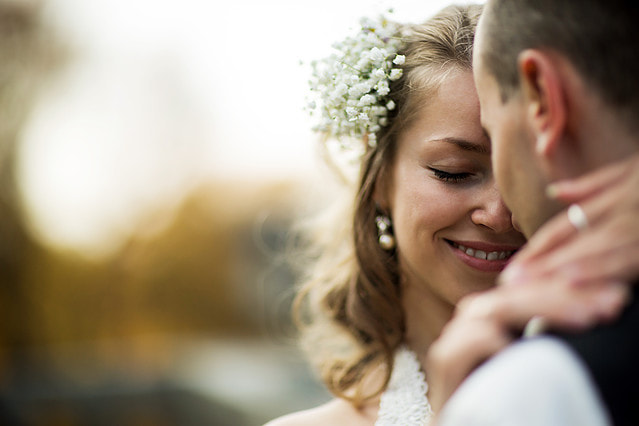
The truth is you can never have enough lenses if you’re shooting a wedding. But there are a few lenses in particular that will help you create an incredible gallery of images for the happy couple to remember forever. A fixed 50mm or 85mm – like the Canon EF 85mm at f/1.2 or the Nikon AF-S Nikkor 85mm at f/1.4 – is perfect for family portraits when the bride and groom are posing with mom, dad and siblings. Using the same fixed lens for all of the posed family portraits will create a more uniform look when the images are displayed as a gallery later. A wide lens is also crucial for big group portraits, shots of the location and for capturing candid dancing images at the end of the night. A lens with a wider range is also a good idea for parts of the wedding that are less planned out, when you need to think on your toes and you don’t have a designated area to shoot from. The Nikon 24-70mm at f/2.8 and the Canon EF 24-70mm at f/2.8 are both fantastic options because they have a wide focal range, as well as a shallow depth of field. These are both great lenses for everyday, every situation use.
So the next time you’re preparing for a shoot, don’t stress over which lenses you’re going to use. The most important thing is making your lens work for you.

